The Works of the Right Honourable Joseph Addison Esq. by Joseph Addison (Rare First Collected Edition), 1721 📜🇬🇧🏛️
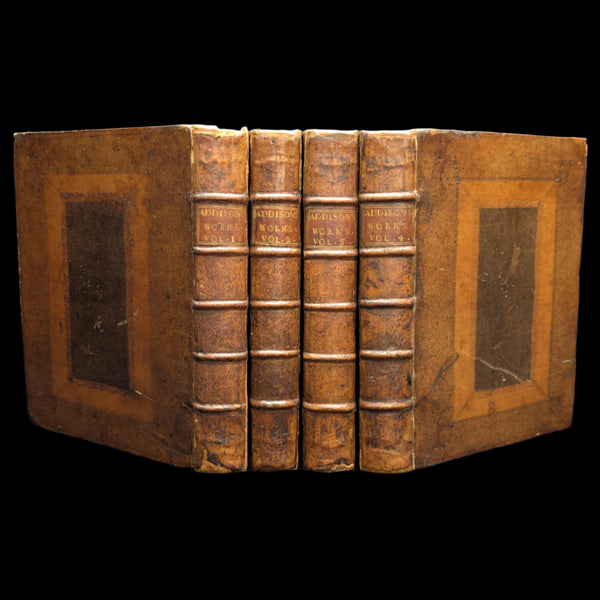




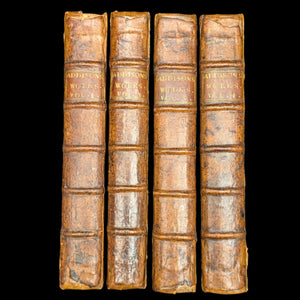
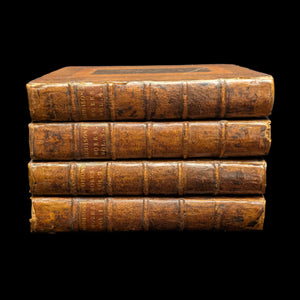
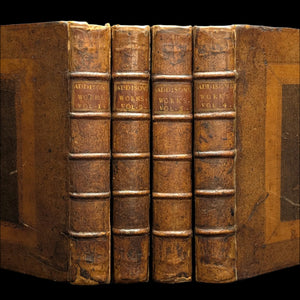
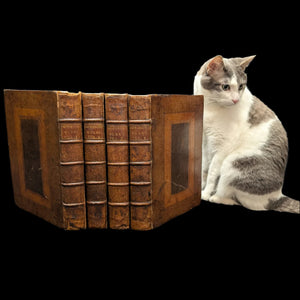
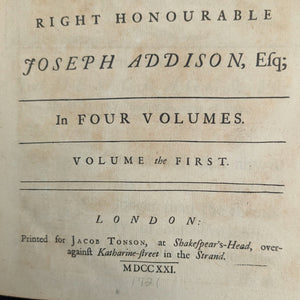
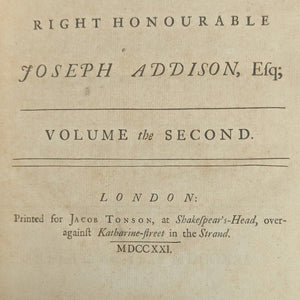
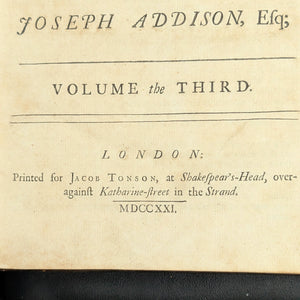
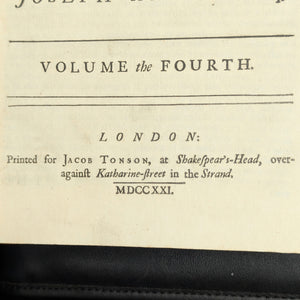
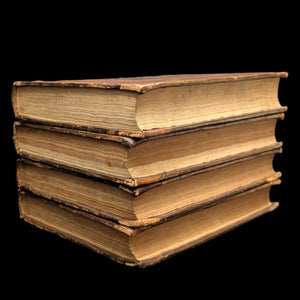
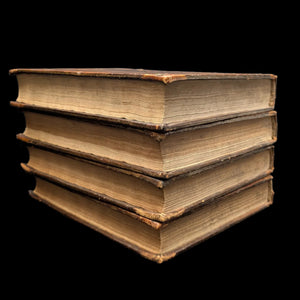

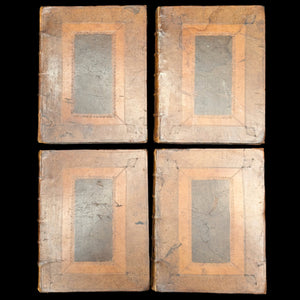
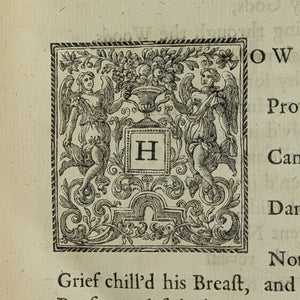
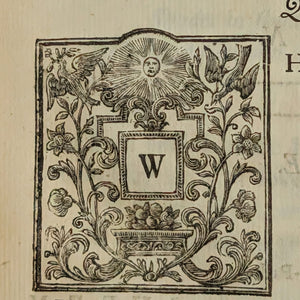
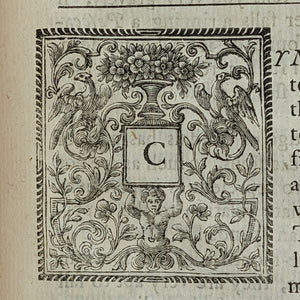
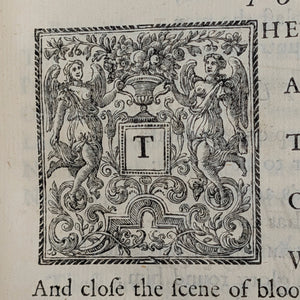
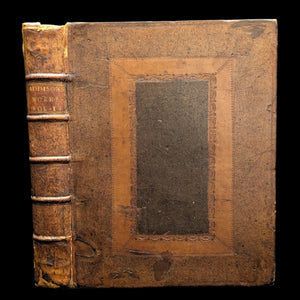
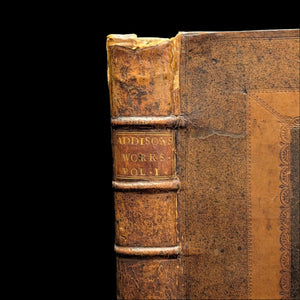
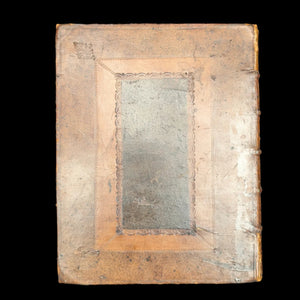
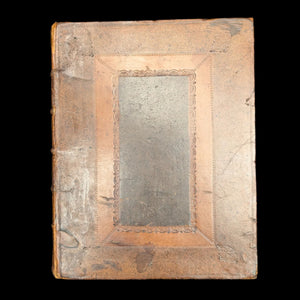
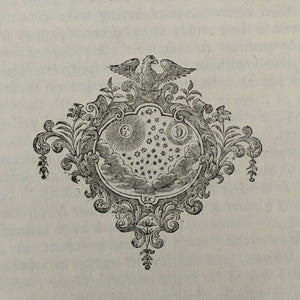
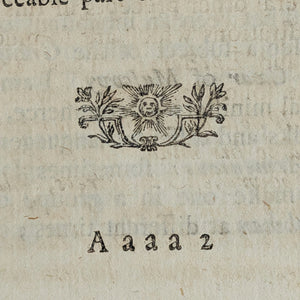
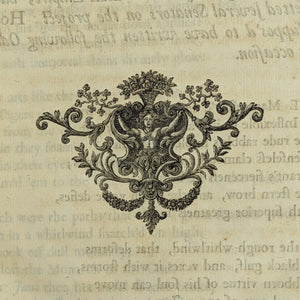
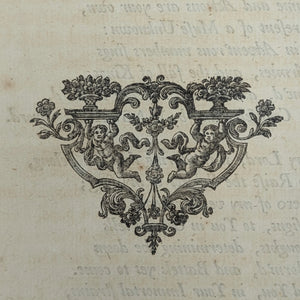
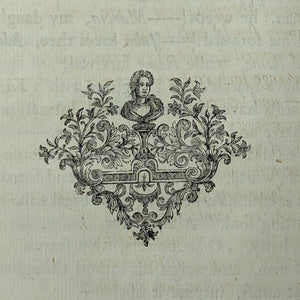
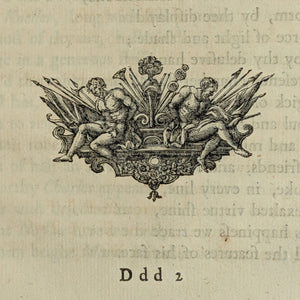
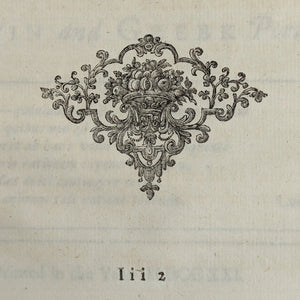
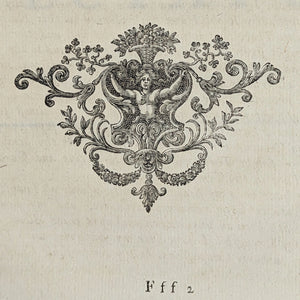
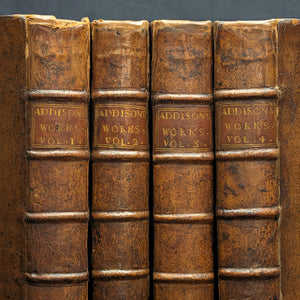
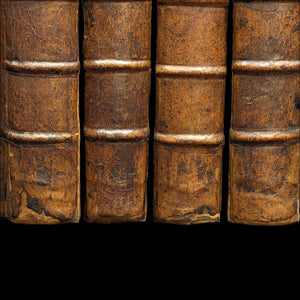
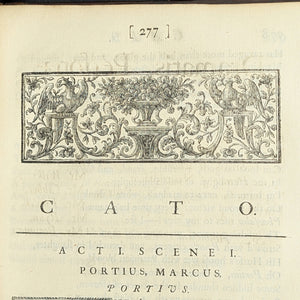
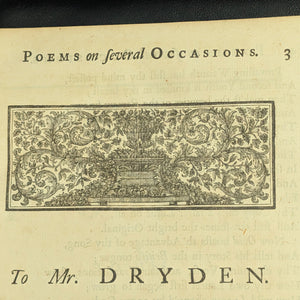
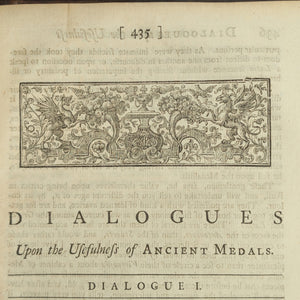
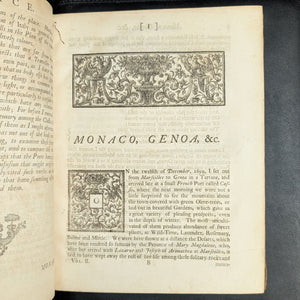
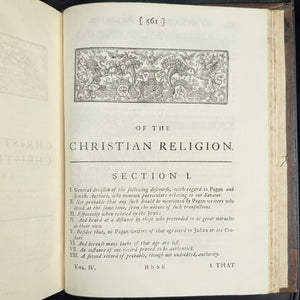
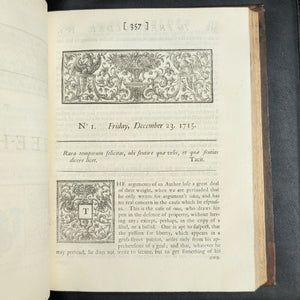
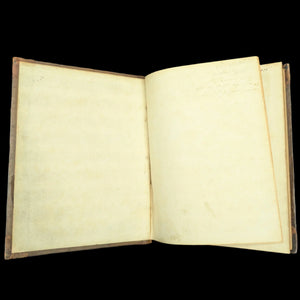
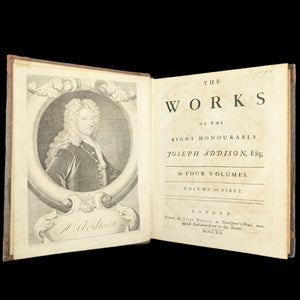
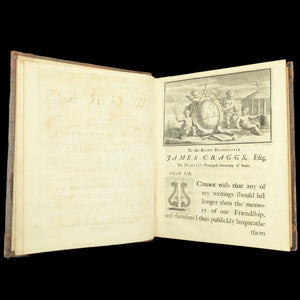
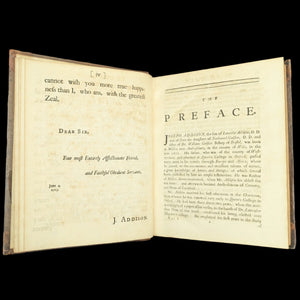
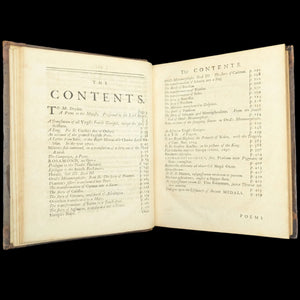
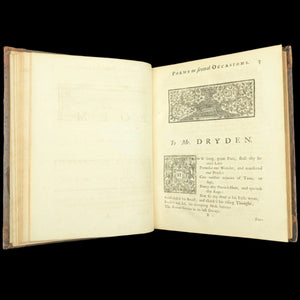
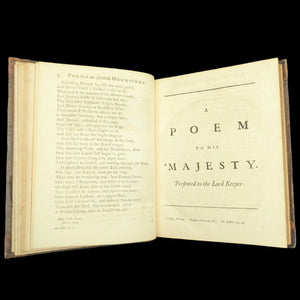
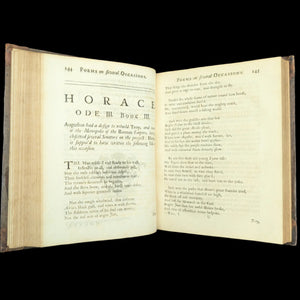
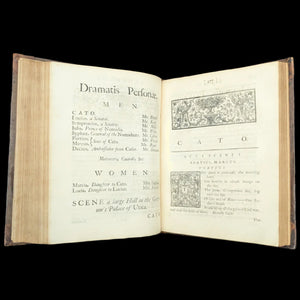
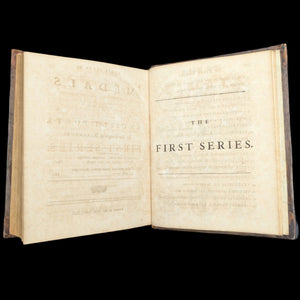
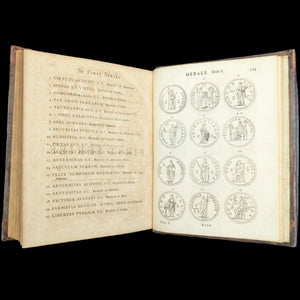
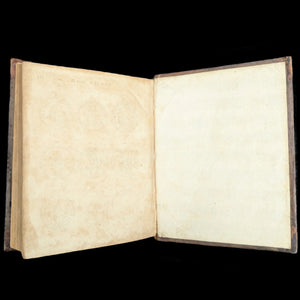
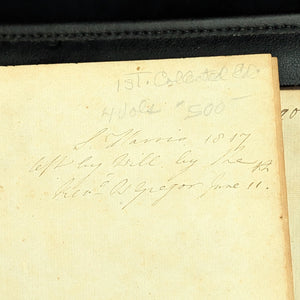
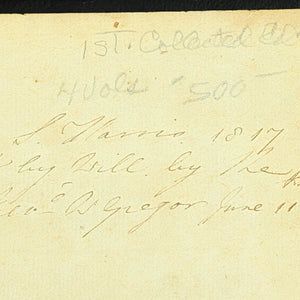
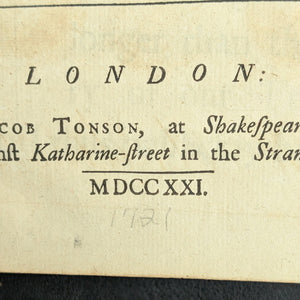
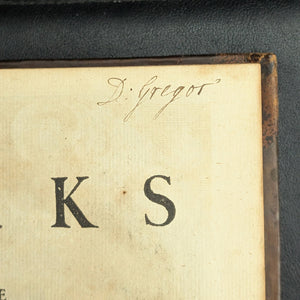
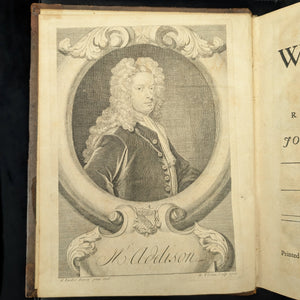
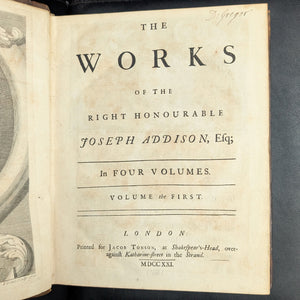
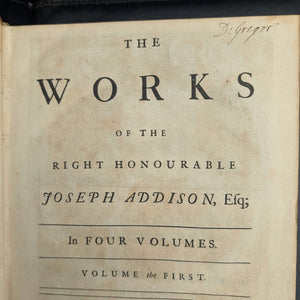
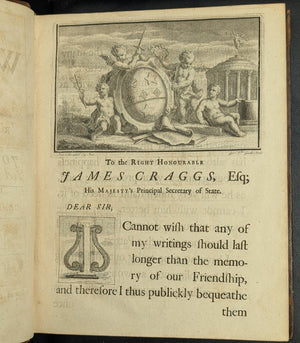
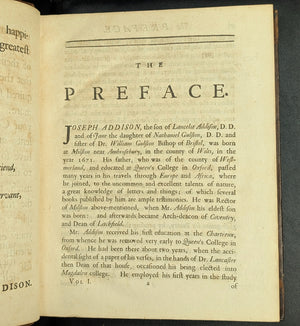
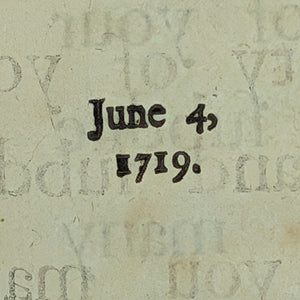
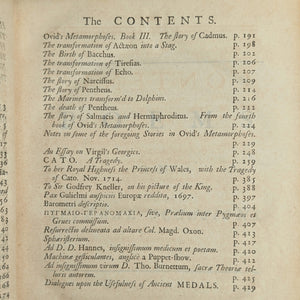
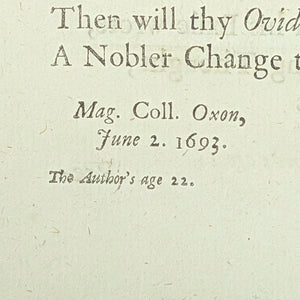
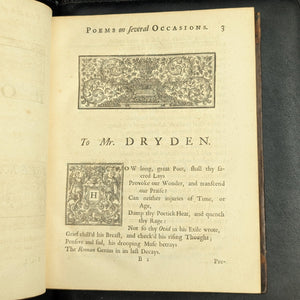
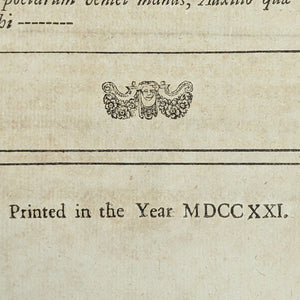
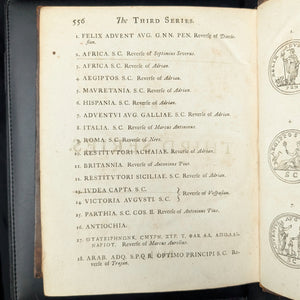
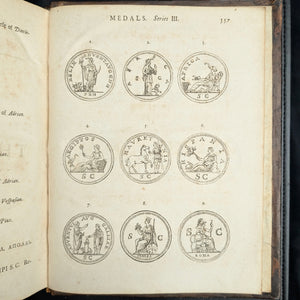
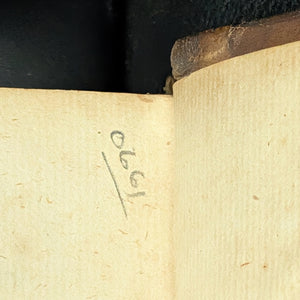
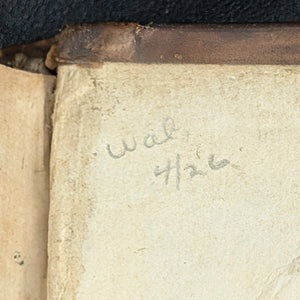
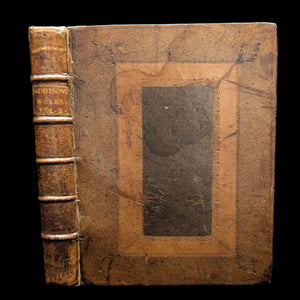
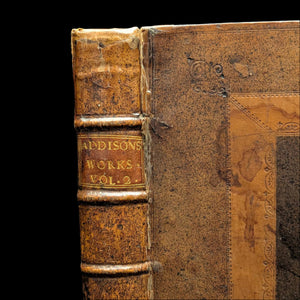
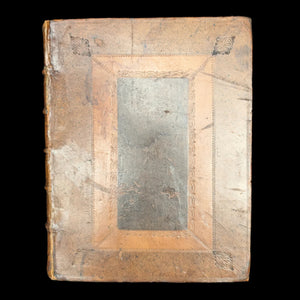
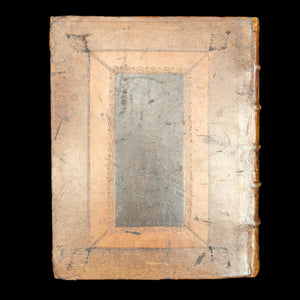
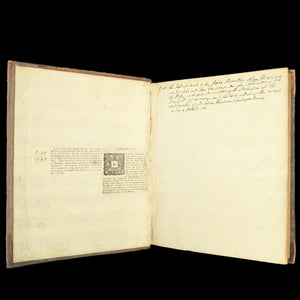
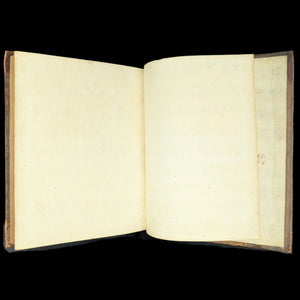
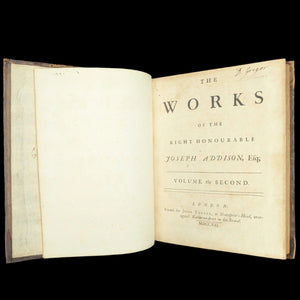
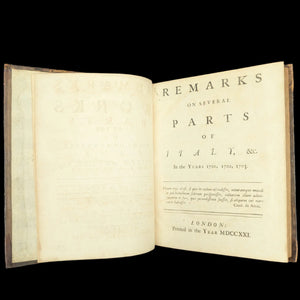
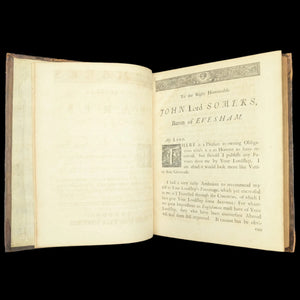
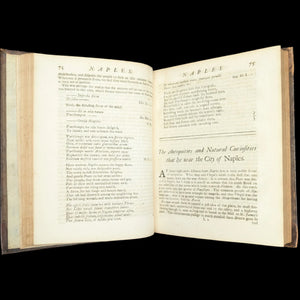
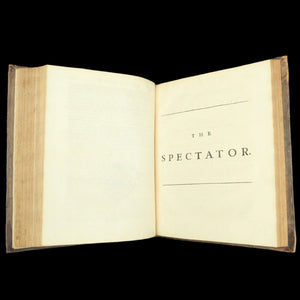
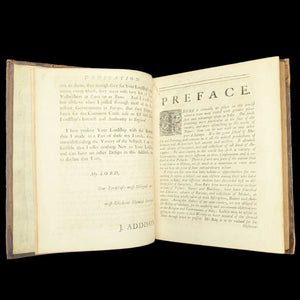
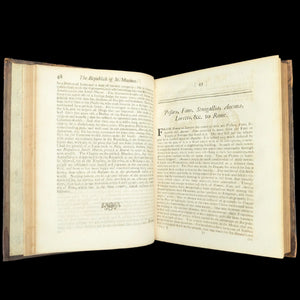
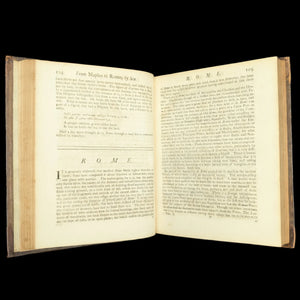
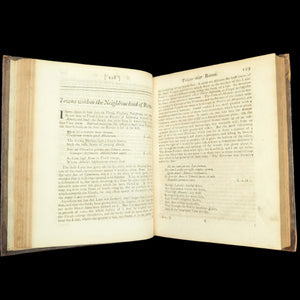
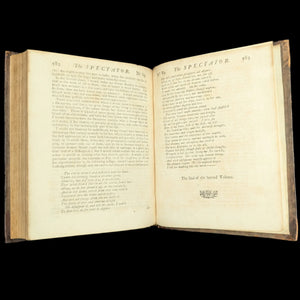
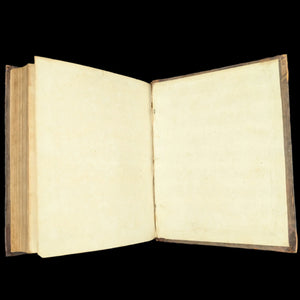
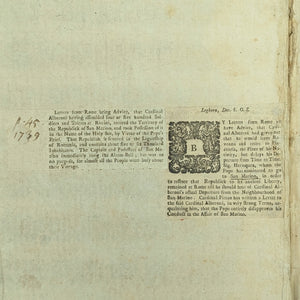
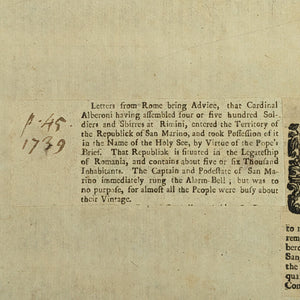
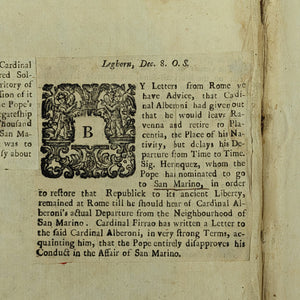
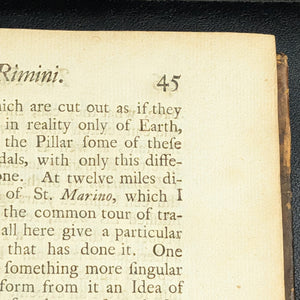
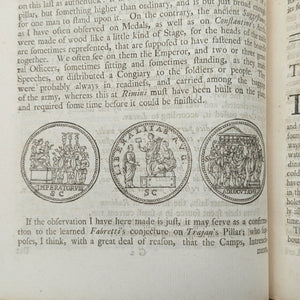
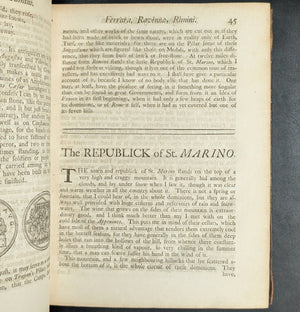
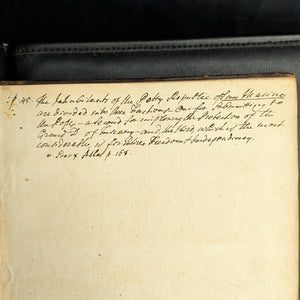
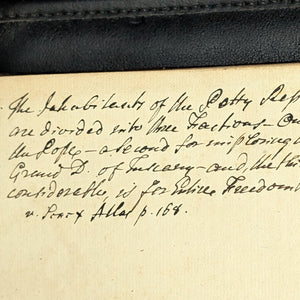
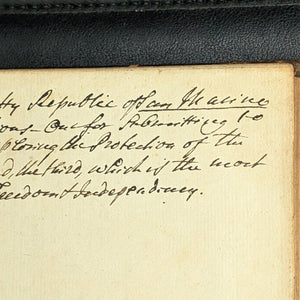
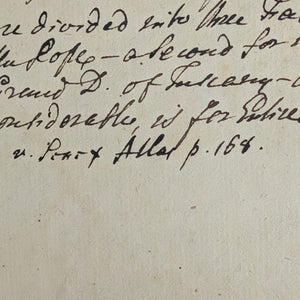
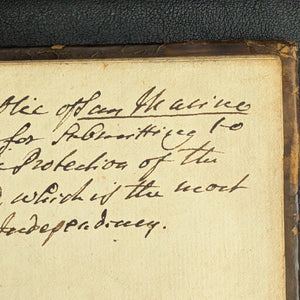
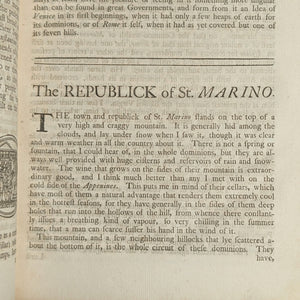
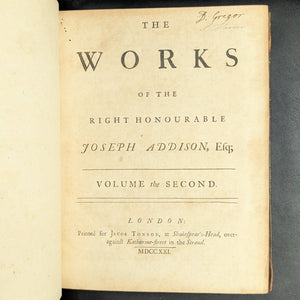
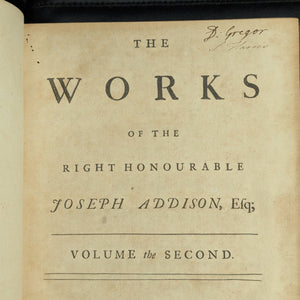
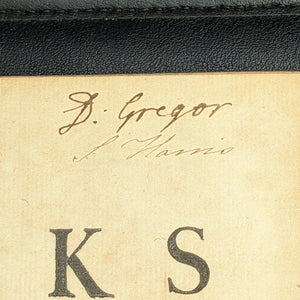
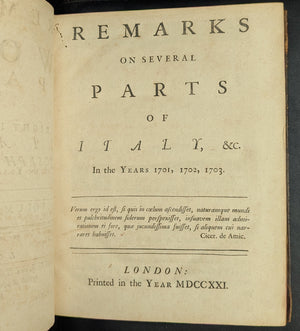
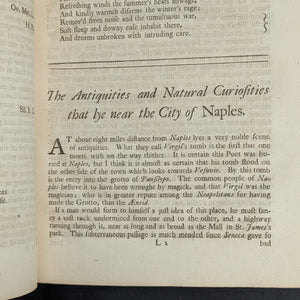
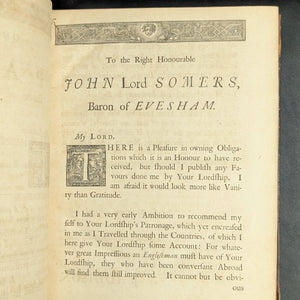
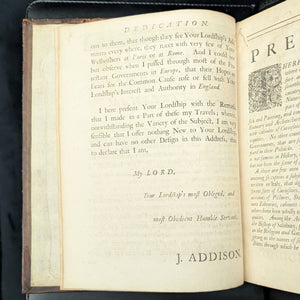
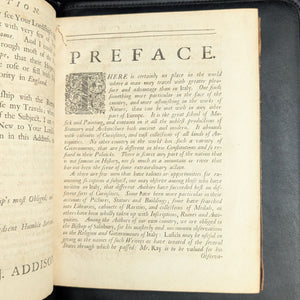
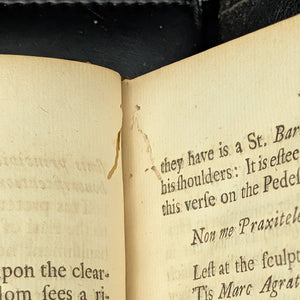
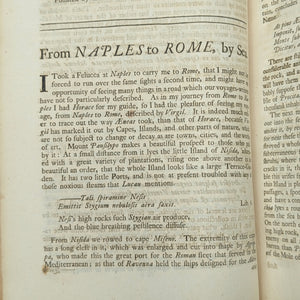
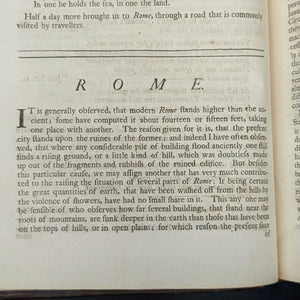
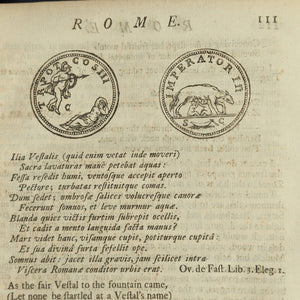
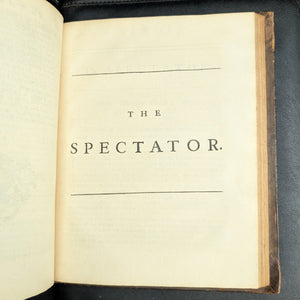
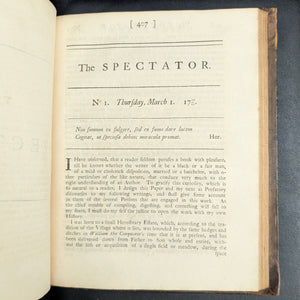
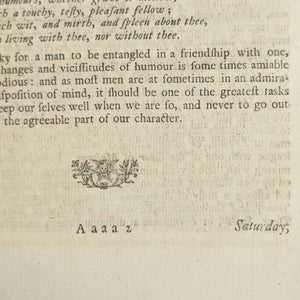
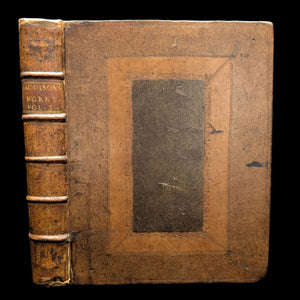
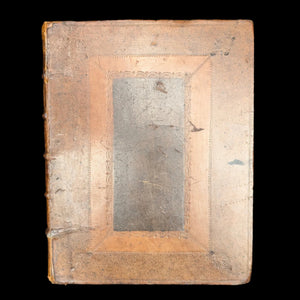
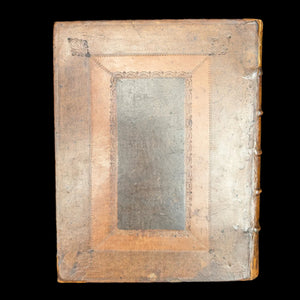
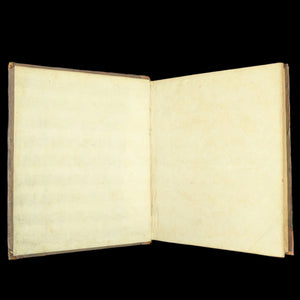
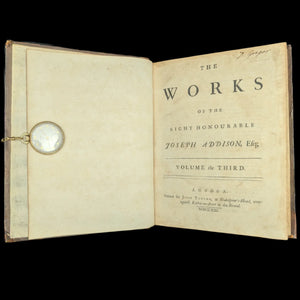
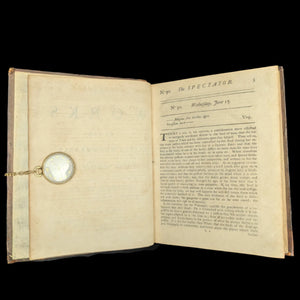
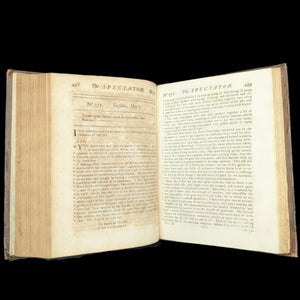
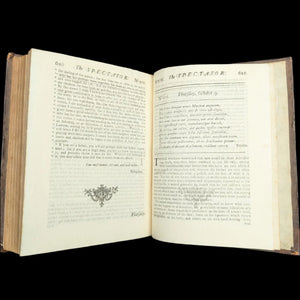
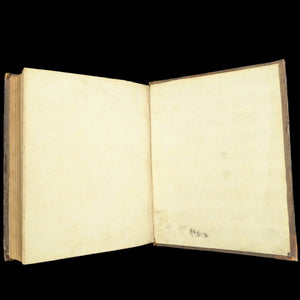
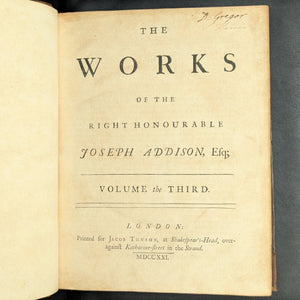
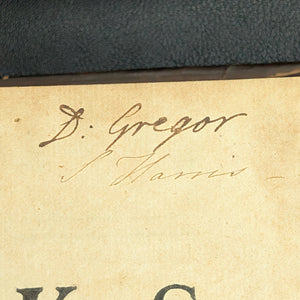
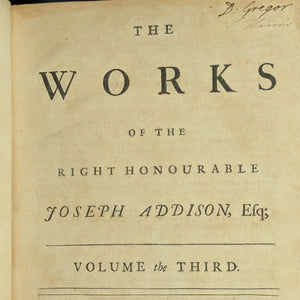
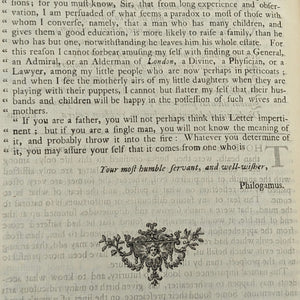
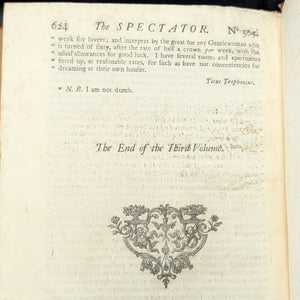
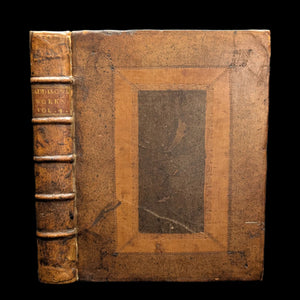
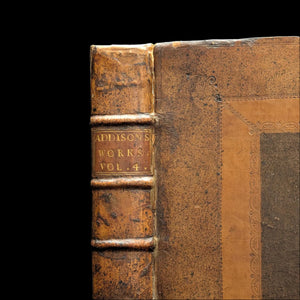
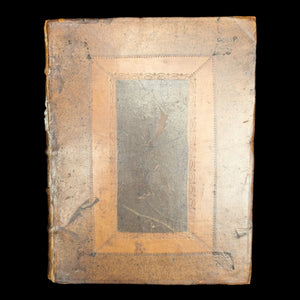
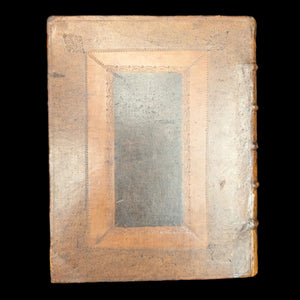
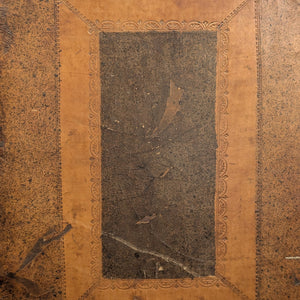
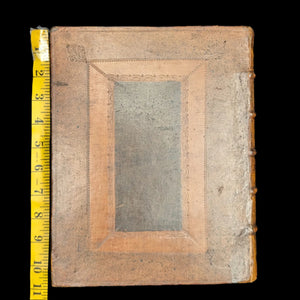
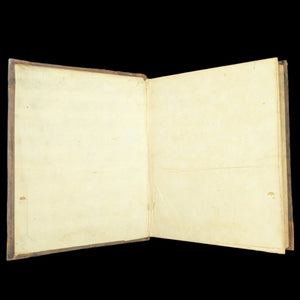
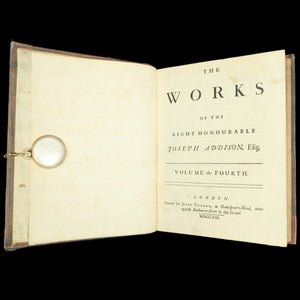
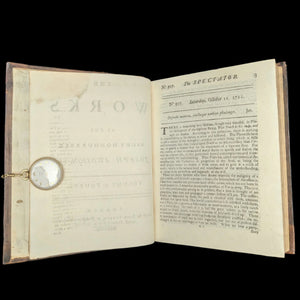
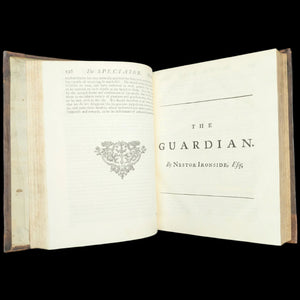
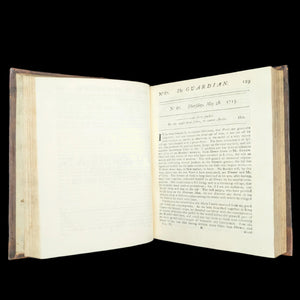
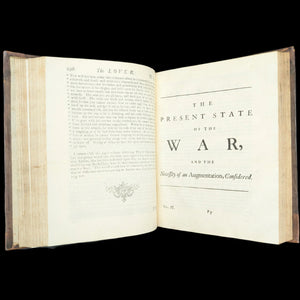
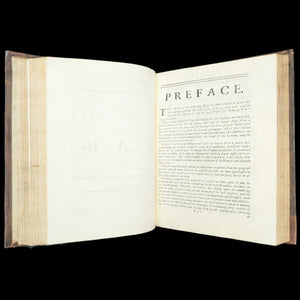
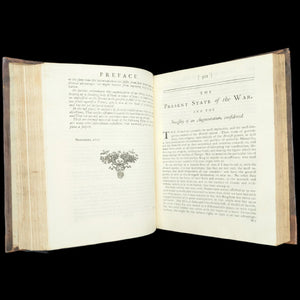
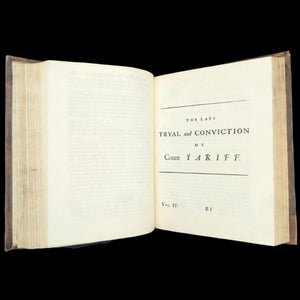
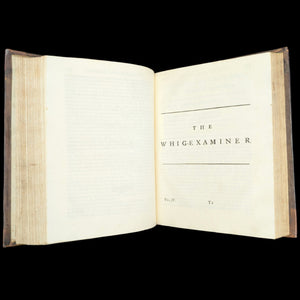
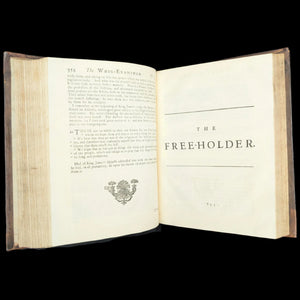
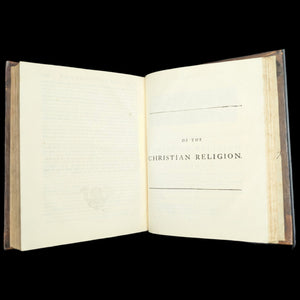
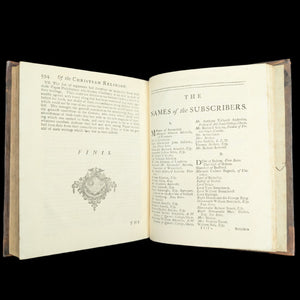
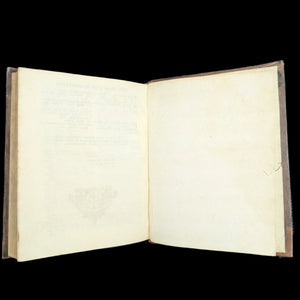
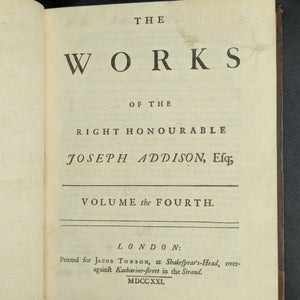
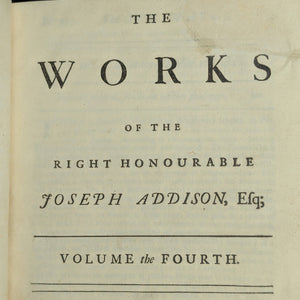
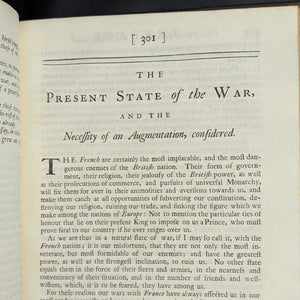
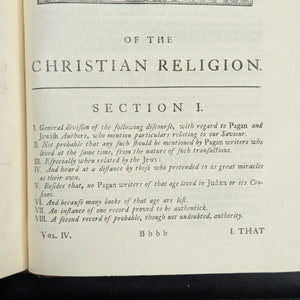
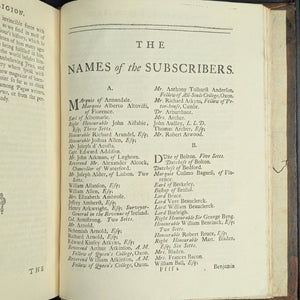
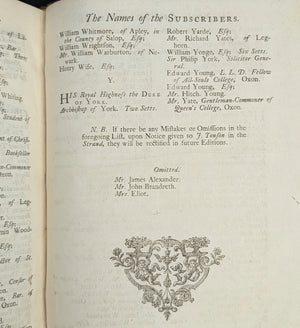
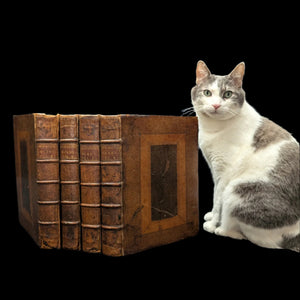
This is a very rare, top-shelf first collected edition of The Works of the Right Honourable Joseph Addison Esq., a four-volume set of the writings of one of England's most influential essayists and statesmen.
Published posthumously in London in 1721, this compilation represents an unparalleled investment-grade artifact and a cornerstone of English literary history.
The set is the first comprehensive printing of Addison’s writings, meticulously compiled by his friend, Thomas Tickell. Its status as the definitive, foundational document of Addison's entire career establishes its importance to any serious collection.
2. About the Book 📖✍️✨
This four-volume set is the first comprehensive printing of Joseph Addison's entire body of work, bringing together his celebrated contributions to The Tatler and The Spectator, his poetic works, plays, and political treatises.
The essays, written primarily in collaboration with Sir Richard Steele, are masterful works of wit and social observation, offering a detailed, often satirical portrait of London society and its emerging social mores.
Addison's prose style, celebrated for its clarity, elegance, and wit, successfully established the standard for high-quality English writing for generations.
The set includes his seminal essays on subjects ranging from moral philosophy and religious thought to daily customs and literary criticism. The book’s substantial physical presence, with its beautiful full leather binding and decoratively gilt spines, was engineered to be a definitive and lasting monument to a great literary and political figure.
The inclusion of a large, finely engraved portrait of Addison in the first volume further reinforces its distinction as a curated monument to his legacy. The complete set offers a systematic tour through the most enduring and important works of the Augustan Age.
3. About the Artist/Author/Maker ✍️🏛️
Joseph Addison (1672-1719) was an English essayist, poet, and statesman, widely regarded as one of the most important intellectual figures of the Augustan Age. Educated at Oxford, his early career established his reputation in classical scholarship and poetry. His enduring fame, however, stems from his role as a pioneering essayist.
Together with his friend Sir Richard Steele, he co-founded the periodicals The Tatler and The Spectator, two of the period's most influential publications.
Addison’s writing had a demonstrable impact on the evolution of the English prose style, moving it toward greater accessibility and conversational clarity. His essays skillfully covered a broad spectrum of topics, from literary criticism to social and moral commentary.
Crucially, Addison also held high political office, serving as Secretary of State, demonstrating an uncommon ability to navigate both the literary and political worlds of his era.
This set, published immediately following his death, is the final, collected summation of a life that was central to the cultural and political life of England.
4. Historical/Political Era Context 🌍🕰️📜
The book's publication in 1721 anchors it firmly in the Augustan Age, a defining period in English history characterized by a refined classicism in prose, poetry, and art, modeled after the Roman era of Emperor Augustus.
This was a time of significant political transition, marked by the stability achieved after the Glorious Revolution of 1688 and the firm establishment of the Hanoverian monarchy.
The intellectual environment was rapidly changing, driven by the emergence of a new, educated urban middle class that demanded accessible literature and intellectual discourse.
Periodicals like The Spectator were a direct, successful commercial response to this rising demographic. Addison’s accessible, witty commentary on social and moral issues was instrumental in shaping public opinion and defining the intellectual culture of the time.
This four-volume set is an authentic artifact of a nation that was becoming more literate and actively engaged in intellectual debate as it progressed toward a new, modern identity. It serves as a time capsule documenting the philosophical and cultural landscape that gave rise to the Age of Reason.
5. The Ideal Collector 💡🧐🏛️
This four-volume set is an acquisition for a highly specific and sophisticated collector—a curator of Augustan literature, an expert in the history of the English essay, or a scholar of 18th-century English political history.
It is an ideal addition for an individual who appreciates a book's historical weight and its capacity to encapsulate a pivotal cultural and intellectual moment. The book's comprehensive nature and its definitive original binding appeal to a collector who seeks to own a definitive, non-replicable document from a specific period of literary tradition.
It is a work of deep scholarship that belongs in a library dedicated to the foundational texts of the English language.
6. Value & Rarity 💎✨🏛️
As the first collected edition from 1721, this four-volume set is a genuinely rare asset.
The scarcity of a complete, well-preserved set in contemporary leather is the key driver of its valuation, as many copies have been separated, rebound, or lost over the 304 years since its publication.
This complete set, with its handsome original binding, makes it a highly desirable and sought-after asset in the antiquarian market.
The book is a non-replicable asset, holding a documented and verifiable value that significantly exceeds that of a modern reprint. Its documented importance as a core academic and historical resource ensures its continued value as a prized item for any serious, investment-focused library.
The valuation is a direct function of its market scarcity, its quality of craftsmanship, and its documented place as a monument to one of the most significant English essayists and statesmen. It is a genuine historical artifact from the dawn of the English literary essay.
7. Condition 🔎📚✨
This four-volume set is a well-preserved survivor, showing the authentic, honest wear consistent with a cherished collection from the 18th century.
-
The full leather bindings are in solid, sound structural condition.
-
The text blocks remain firm and the pages are complete with all material present.
-
The gilt lettering on the spines is still visible, showing some expected discoloration due to age.
-
The covers display typical rubbing and scuffing, which is a natural effect of three centuries of preservation.
-
The pages show the expected, natural toning and light foxing, a process common to paper from this historical period.
-
The internal pages are free of major tears or extensive modern markings.
8. Fun Facts & Unique Features 🤓📜🤩
-
Joseph Addison is often credited with helping to establish the essay as a serious, yet accessible, literary form in English culture. He viewed the essay as a crucial tool for both moral improvement and public education.
-
The collection was compiled and published by Addison's lifelong friend Thomas Tickell, who included a lengthy, original elegy for Addison in the first volume, making this set an item of personal devotion.
9. Supporting Information 🏷️📦💰
Metadata
-
Title: The Works of the Right Honourable Joseph Addison Esq.
-
Author/Maker: Joseph Addison
-
Year: 1721
-
Publisher/Foundry: J. Tonson
-
Place of Origin: London, England
-
Format/Binding: Four Volume Set, Hardcover, Full Contemporary Leather Binding
-
Edition: First Collected Edition
-
Rarity: Very Rare
Verbatim Transcription of Inscriptions/Markings
Transcription 1: p:45. The Inhabitants of the Saty. Republick of San Marino are divided into three factions- One for Submitting to the Pope- a second for employing the protection of the Grand D. of Tuscany- and the third, which is the most considerable, is for their Freedom and Independency. v. Story Hist. p. 164.
Transcription 2: 1st Collected ED. 4 Vols. £500 J. Harris 1817 left by Will by the Reya Rev. J. Gregor June 11.
Transcription 3: D. Gregor, J. Harris
Transcription 4: p:45 1739

